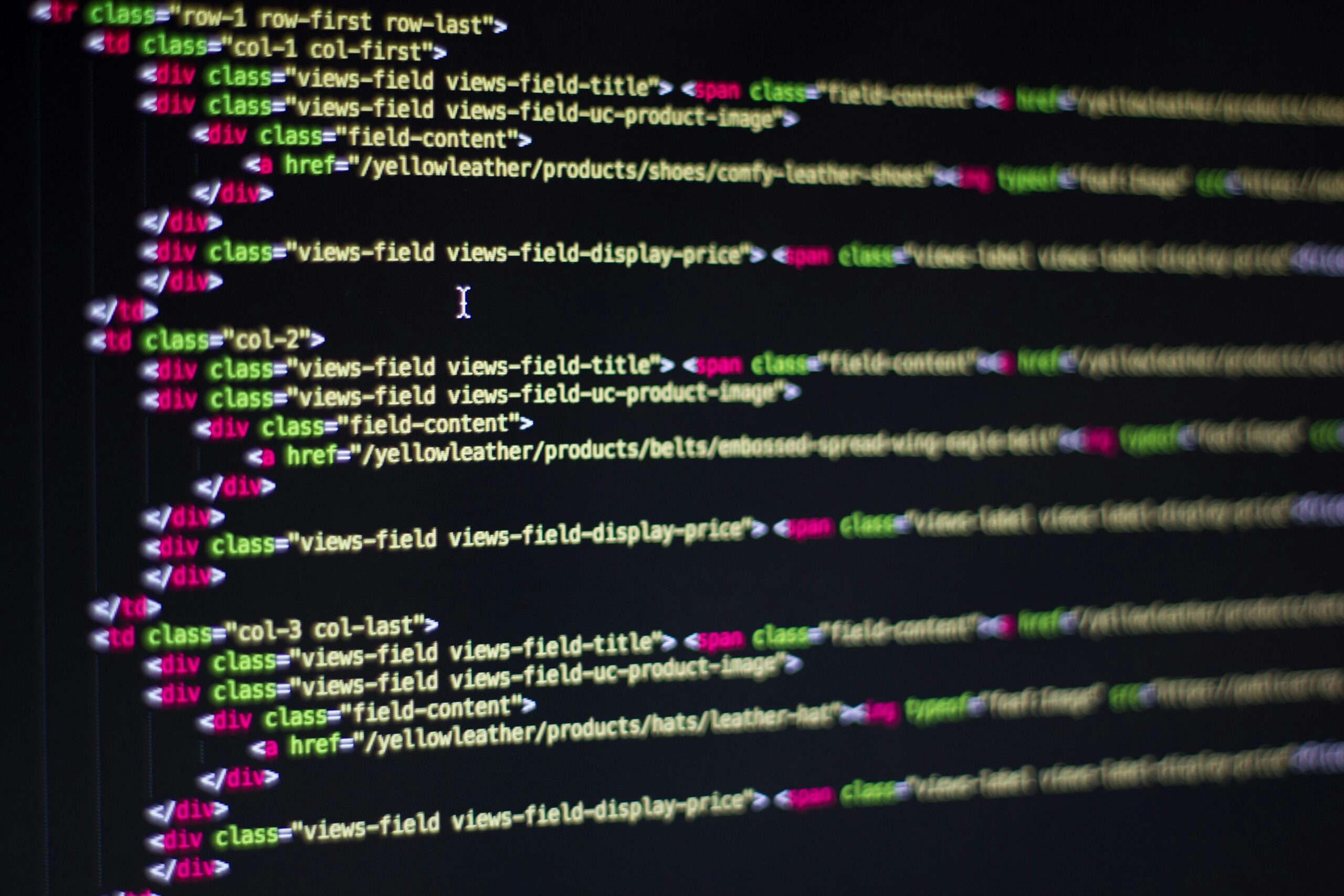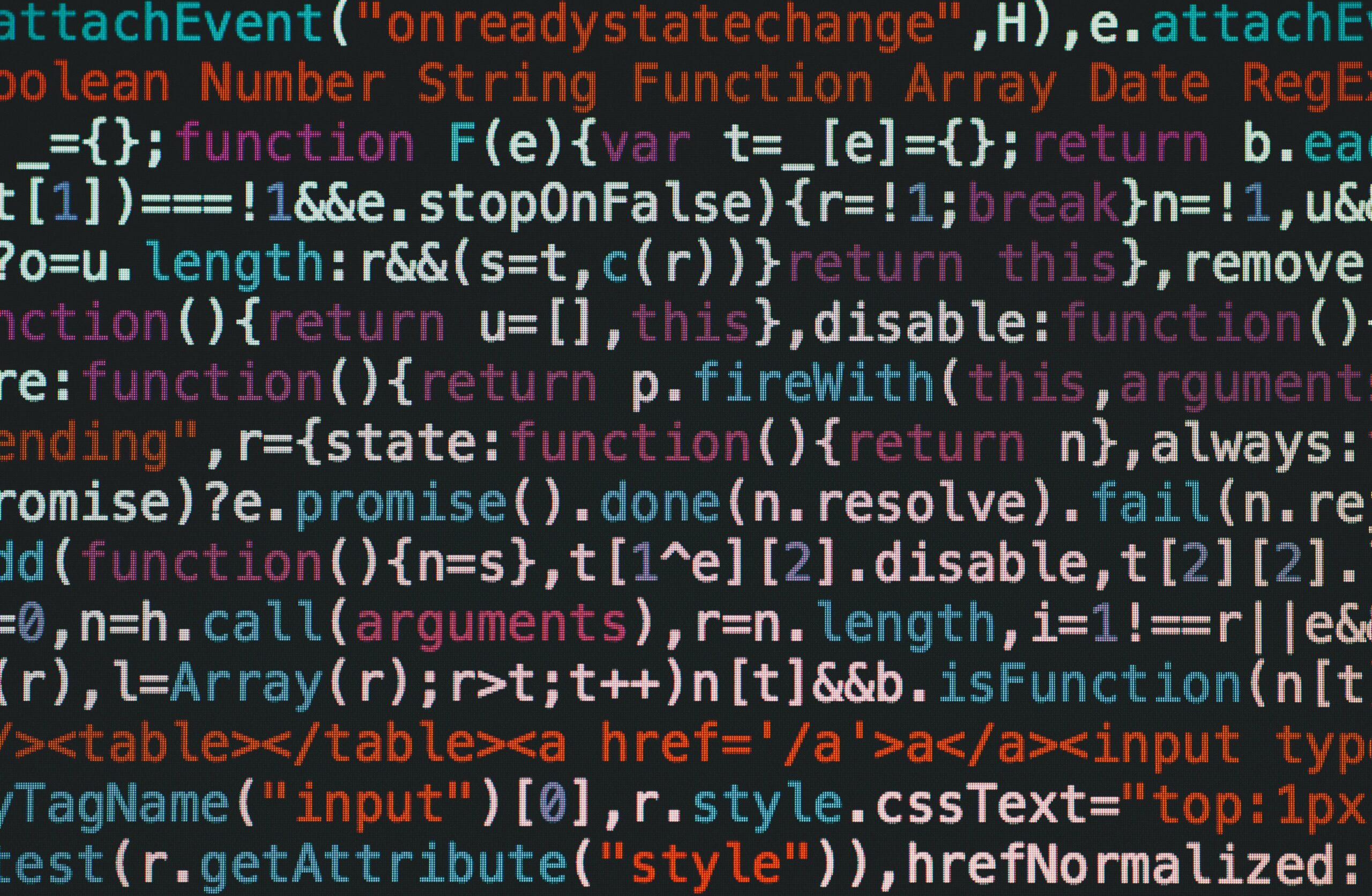Source Code Review





Secure Code Review
Secure code review is the process of auditing an application’s source code to ensure that proper security controls are in place, functioning correctly, and applied appropriately. This method helps ensure that the application is built to defend itself effectively in its operating environment, adhering to secure development practices.
If you need a code review for your developed application, reach out to our sales team. With years of experience in secure code auditing, we can help you ensure your application is secure.
A secure code review can be conducted manually or automatically, focusing on identifying security flaws or vulnerabilities within the source code. This review process involves checking for logic errors, ensuring specification implementation, and verifying adherence to style guidelines, among other activities.
Automated Code Review
Automated code review uses tools to scan the application’s source code based on a predefined set of rules to detect subpar code. This method allows for the rapid identification of issues, making it faster than manual reviews. Automated tools can quickly scan large codebases and provide real-time feedback to developers, helping them catch vulnerabilities as they code. Advanced development teams often use Static Application Security Testing (SAST) tools, which offer additional insights and assist in fixing vulnerabilities before code is checked in.
Manual Code Review
Manual code review involves a detailed, line-by-line examination of the source code by a human reviewer. This method is more strategic and can identify issues that automated tools might miss, such as context-specific coding decisions and business logic problems. Although manual reviews are time-consuming and labour-intensive, they provide a deeper understanding of the code’s context and can uncover subtle vulnerabilities. Combining manual review with Quality Assurance (QA) tests enhances the overall security assessment but still might miss some scenarios.
Best Practices for Secure Code Review
The most effective secure code review processes combine both automated and manual approaches. Automated tools efficiently scan large codebases and provide quick feedback, while manual reviews offer in-depth insights into specific issues. By integrating these methods, development teams can achieve a comprehensive and robust security review, ensuring their applications are well-protected against potential threats.
For expert assistance with your secure code review, contact our Sales team. Our seasoned professionals are ready to help you safeguard your application through thorough and effective code auditing.
Comprehensive Guide to Source Code Review: Best Practices and Techniques
Introduction
In the world of software development, source code review stands as a critical process for ensuring code quality, security, and maintainability. Whether you are a seasoned developer or a newcomer to the industry, understanding the nuances of source code review can significantly enhance your development practices and overall product quality. This comprehensive guide will walk you through the importance of source code review, best practices, methodologies, tools, and tips to make the process as efficient and effective as possible.
What is Source Code Review?
Source code review, also known as code inspection or code audit, is a systematic examination of computer source code. The primary aim is to find and fix bugs, enhance code quality, and ensure adherence to coding standards. Unlike automated testing, source code review involves manual inspection by developers, peers, or specialized reviewers who scrutinize the code for potential issues.
Importance of Source Code Review
1. Enhancing Code Quality
One of the primary benefits of source code review is the improvement of code quality. By having multiple eyes on the code, developers can catch syntax errors, logical flaws, and other issues that might have been overlooked during the initial development phase.
2. Ensuring Security
Security vulnerabilities can be devastating. Through thorough code reviews, potential security loopholes can be identified and addressed before the software is deployed, thereby safeguarding the application and its users from malicious attacks.
3. Promoting Knowledge Sharing
Code reviews provide an excellent opportunity for team members to learn from each other. Junior developers can gain insights from senior developers, and the team as a whole can share knowledge about best practices and new techniques.
4. Enforcing Coding Standards
Every development team should have a set of coding standards to ensure consistency. Code reviews help enforce these standards, making the codebase more uniform and easier to maintain.
Best Practices for Source Code Review
1. Establish Clear Guidelines
Having a set of clear, documented guidelines for code review is essential. This includes defining what to look for during a review, the process to follow, and the tools to use. Guidelines should cover coding standards, documentation requirements, and common pitfalls to avoid.
2. Use a Checklist
A checklist can be a valuable tool during code reviews. It ensures that reviewers do not miss critical areas such as error handling, security concerns, performance issues, and adherence to coding standards. Customizing the checklist to fit the specific needs of your project can make the review process more effective.
3. Review Small Chunks of Code
Reviewing large chunks of code can be overwhelming and less effective. It’s advisable to keep the reviews focused on smaller sections of the codebase. This approach allows for more thorough scrutiny and reduces the cognitive load on reviewers.
4. Maintain a Positive Review Culture
Code reviews should be conducted in a positive and constructive manner. The goal is to improve the code, not to criticize the developer. Providing constructive feedback and focusing on the code rather than the coder helps maintain a healthy team dynamic.
5. Automate Where Possible
While manual reviews are essential, leveraging automation can streamline the process. Tools that integrate with your version control system can automatically check for style issues, potential bugs, and security vulnerabilities, allowing reviewers to focus on more complex aspects.
Source Code Review Methodologies
1. Over-the-Shoulder Review
This informal method involves one developer reviewing the code while the author explains it. It’s a quick way to catch obvious errors and discuss potential improvements. However, it may not be as thorough as other methods.
2. Email Pass-Around
In this approach, the code is shared via email with reviewers who provide feedback asynchronously. This method is flexible and allows for multiple reviewers but can be slow and cumbersome.
3. Pair Programming
Pair programming involves two developers working together on the same code. One writes the code while the other reviews it in real-time. This method promotes real-time feedback and knowledge sharing but can be resource-intensive.
4. Tool-Assisted Review
There are numerous tools available that facilitate code reviews by providing a platform to comment, suggest changes, and track the review process. Examples include GitHub, GitLab, and Crucible. These tools can enhance collaboration and make the review process more efficient.
Tools for Source Code Review
1. GitHub
GitHub is a widely used platform that offers robust code review features. Reviewers can comment on specific lines of code, suggest changes, and approve or request changes to pull requests.
2. GitLab
GitLab provides an integrated approach to code review with features like inline comments, merge requests, and pipelines. It’s an excellent tool for teams looking for a comprehensive development and review platform.
3. Crucible
Crucible by Atlassian is a dedicated code review tool that integrates with various version control systems. It offers detailed reports, customizable workflows, and powerful search capabilities.
4. Phabricator
Phabricator is an open-source suite of tools for peer code review, task management, and project communication. It’s highly customizable and suitable for large teams with complex workflows.
Tips for Effective Source Code Review
1. Focus on the Important Issues
During a code review, it’s easy to get bogged down in minor issues. While it’s important to address all concerns, prioritizing critical issues such as security vulnerabilities and major bugs will make the review more impactful.
2. Keep Reviews Timely
Timely reviews are crucial for maintaining development velocity. Setting a standard turnaround time for reviews can help keep the process moving smoothly. Delays in reviews can slow down the entire development process and introduce bottlenecks.
3. Encourage Collaboration
Encourage open communication and collaboration among team members during code reviews. Collaborative discussions can lead to better solutions and help team members understand different perspectives.
4. Document Decisions
Documenting the decisions made during code reviews can be valuable for future reference. It helps in understanding why certain changes were made and can be useful for onboarding new team members.
5. Continuous Improvement
Code review practices should evolve with the team and the project. Regularly reviewing and updating the review process based on feedback and changing needs can lead to continuous improvement.
Conclusion
Source code review is an indispensable part of the software development lifecycle. By following best practices, leveraging appropriate methodologies, and using the right tools, teams can significantly enhance code quality, ensure security, and promote a culture of continuous learning and improvement. As you implement these strategies, remember that the ultimate goal is to create robust, maintainable, and high-quality software that meets user needs and stands the test of time.
– Speak with us
How NhanceGRC helps you in your Source Code requirements?
ADVICE
- Conducting comprehensive automated scans
Utilizing advanced tools to swiftly identify potential vulnerabilities in the source code. - Manual code inspection by experts
Experienced developers meticulously review code line-by-line to uncover logic errors and security flaws. - Identifying gaps in security controls
Thoroughly examining existing code to ensure security measures are correctly implemented and effective. -
IMPROVE
- Implementing recommended code enhancements
Assisting in the integration of security improvements based on review findings. - Developing secure coding guidelines
Creating and maintaining best practice documentation to guide developers in writing secure code. - Providing training on secure coding practices
- Educating development teams on how to identify and mitigate common vulnerabilities.
-
MAINTAIN
- Continuous code monitoring and reassessment
Offering ongoing review services to ensure new code adheres to security standards. - Regular reporting on security posture
Providing detailed reports and metrics to support informed decision-making and track progress. - Periodic full codebase reviews
Conducting regular comprehensive reviews to maintain a high level of security across the entire application. - Supporting regulatory compliance
Assisting in ensuring that the codebase meets all relevant regulatory and industry standards for security.
Articles and recommended readings
– Source code review best practices https://www.sans.org/blog/static-analysis-and-code-reviews-in-agile-and-devops/
– “The Cybersecurity Playbook” by Allison Cerra
#CodeReview #SourceCodeReview #CleanCode #CodeQuality #CodeSecurity #SoftwareTesting #BugFixing #CodeOptimization #DevSecOps #Programming #DeveloperTools #SecureCoding #CodeAudit #SoftwareDevelopment #TechReview
